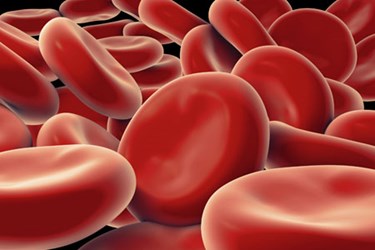Using Light For Real-Time Monitoring Of Blood Clotting
By Joel Lindsey

Researchers at Massachusetts General Hospital are developing a new laser-based technology that could give doctors and surgeons a way to accurately monitor patient blood coagulation in real time.
Details regarding the new device and its possible applications were published recently in in the journal Biomedical Optics Express.
“Currently, the most comprehensive measures of coagulation are a battery of lab tests that are expensive and can take hours to perform,” said Seemantini Nadkarni, assistant professor at the Wellman Center for Photomedicine at Massachusetts General Hospital and Harvard Medical School, and senior author of the article. “Our goal is to provide as much information as a lab test, but to provide it quickly and cheaply at a patient’s bedside.”
According to a news release published by The Optical Society (OSA), the new device is roughly the size of a tissue box and is able to produce accurate readings quickly with only a few drops of blood. It operates using laser speckle rheology (LSR), a technique in which laser beams are directed at a blood sample, and the patterns of light reflected back are recorded, monitored, and interpreted.
“It’s almost like looking at a starry night sky, with twinkling stars,” Nadkarni said. “But as the blood starts to coagulate, blood cells and platelets come together within a fibrin network to form a clot. The motion [of reflected light particles] is restricted as the sample gets stiffer, and the twinkling of the speckle pattern is reduced significantly.”
Nadkarni and other researchers have reported that the new device was specifically designed to monitor clotting time and the concentration of fibrinogen, a key clotting protein found in blood.
They also report high success rates in correlating speckle patterns with actual coagulation properties through the use of high-speed cameras to accurately record the light patterns reflected off of blood samples.
“Some other rapid devices exist but these have various disadvantages, ranging from poor correlation with central laboratory tests to skill required to interpret results,” said Elizabeth van Cott, associate professor of pathology at Massachusetts General Hospital and Harvard Medical School, and co-author of the article. “The capability of the LSR device to provide rapid test results using small amounts of blood would be extremely valuable for patients particularly in operating suites, emergency departments, and intensive care units, as well as for any patient with coagulation disorder.”
Researchers plan on moving the new device into clinical testing, where it will be used in doctors’ offices and operating rooms.
